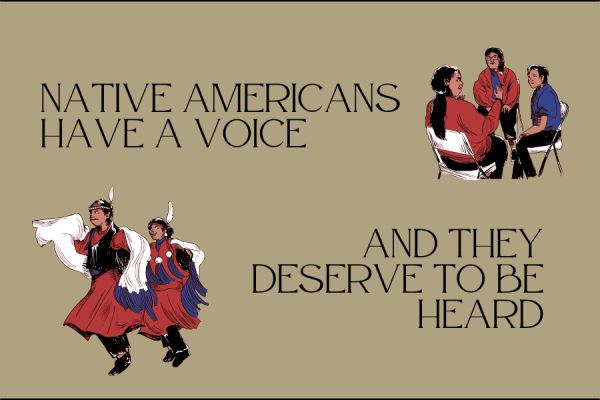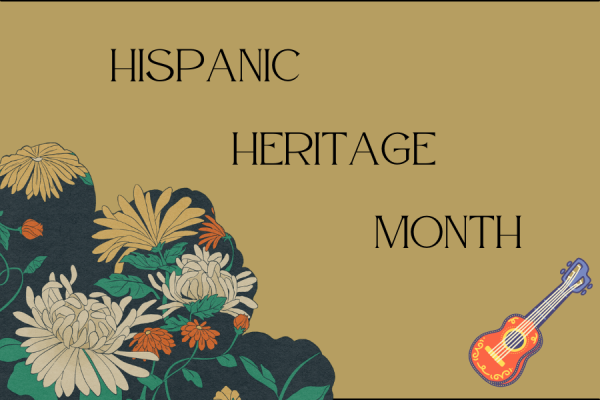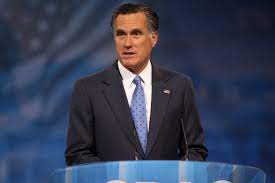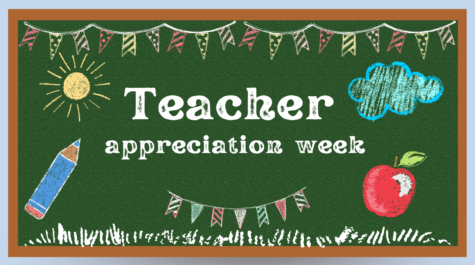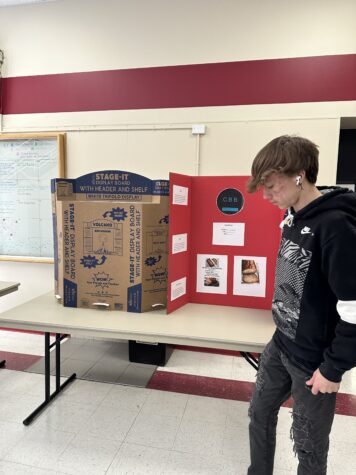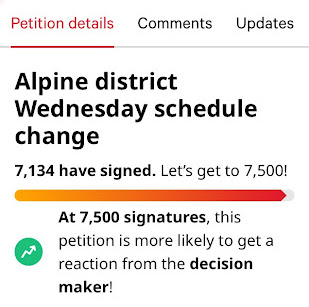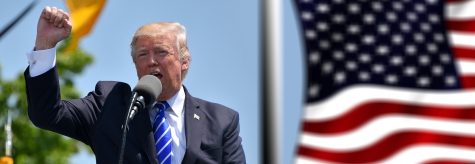Banned Books
What comes to mind when you think of banned books? Maybe you are thinking of burning them in a large bonfire or locking them away in a vault? Banning books has been a controversy since it began, some people believe that books should be banned because they go against views and cultures of societies. The question that comes to my mind is when did book banning first happen, what books did people ban for being too obscene or too harsh?
Today when we think of banned books what often comes to mind are books like Harry Potter, George, and the Hate U Give. These books are banned for a multitude of reasons which can include language, sexual references, violence, etc. The first book to be banned in the U.S. was in 1637 after Thomas Morton published his book New English Canaan, in which he critiqued and attacked the Puritans. Even the more reformist settlers disapproved of his book because of how he compared natives to beggars and puritans to crustaceans. This was likely the first banned book in the U.S. In the late 1640’s The Christan Commonwealth by John Elliot was banned and challenged theocracy in England, in the 1950’s The Meritorious Price of Our Redemption by William Pynchon was banned for going against christian beliefs and values.
In recent years however, books like The Giving Tree, Where the Wild Things Are, James and the Giant Peach are banned for being sexist, disrespecting parents, and lying. You’re probably thinking why would the Giving Tree be banned or James and the Giant Peach? These books are well known for being kid friendly, so why would they want to ban them? Books for all ages are being challenged for having things that adults consider not appropriate for schools. In the 1980’s people began fighting back against the banning of books which started what is known as Banned Book Week. ABA (American Booksellers Association) wanted to bring banned books to America’s attention so they planned a show that would showcase books in huge padlocks. A sign was hung above their heads that read Caution some people may think these books are dangerous. The exhibit captured the attention of america, it was a major success for the ABA. The leaders recruited Judith Krug who was known for her daring, she was head of the Office of Intellectual Freedom which was an arm of ABA. Together they hoped to recruit 50K for publicity to celebrate the freedom to read banned books. The nation was captivated by the idea of celebrating banned book week so bookstores and schools started hosting read-outs with banned books. Books were covered in brown paper bags to be displayed in the windows. Major news outlets started to take notice which made local politicians pay attention to show their support.
What we know as Banned Book Week was born, a tradition that we still celebrate 39 years later. The question comes to mind: should schools be allowed to ban books? Should they be able to shield kids/teens from the harsh truth of our society?
